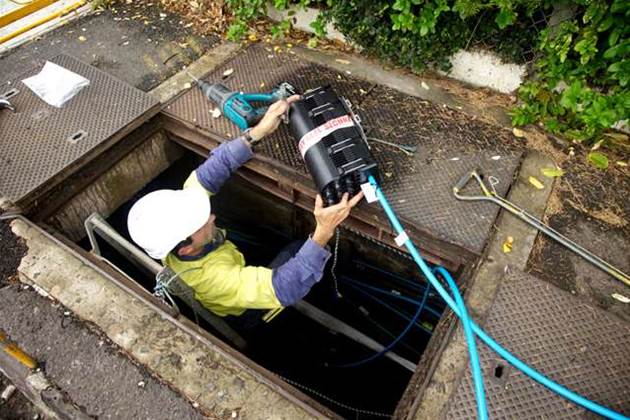NBN Co is starting to deploy “trial” distribution point units built by Nokia and Adtran in its fibre-to-the-curb footprint that have VDSL2 and G.fast modes, though it has “no immediate plans” to switch on the G.fast capability.

The network builder said the first trial DPUs - which are the piece of equipment installed at the edge of the driveway in the FTTC footprint - "are being installed in the Sydney suburb of Rockdale".
Former CEO Bill Morrow revealed in August that the first of dual-mode DPU was close to commercial readiness, and that “the vast majority of the 1.5m premises on the FTTC network [will] be G.fast enabled by 2020.”
G.fast 212 has been on NBN Co’s roadmap since last year and was touted as the upgrade path for FTTC/B in a July briefing by the network builder.
“By using higher-spectrum frequencies all the way up to 212 megahertz – compared to the (maximum) 17MHz used on VDSL2 – G.fast is able to deliver speeds all the way up to 1Gbps and beyond, albeit over short distances of around 100 metres,” chief network engineering officer Peter Ryan said.
“That makes it a perfect fit for our FTTC technology where just 40 metres of copper links most homes to the DPU and fibre-optic cable in the telecom pit outside serviced premises.”
Perfect fit or not, there are no immediate plans from NBN Co to switch on the G.fast capabilities.
“The dual-mode units are currently delivering services in VDSL2-mode and provide NBN Co the ability to remote activate 212Mhz G.fast when they choose to launch higher bandwidth services,” Nokia confirmed.
Ryan also confirmed this in a blog post: “To be clear, we have no immediate plans to launch G.fast-driven ultra-fast services into the marketplace: these trial DPUs will continue to operate in VDSL2 mode for the immediate future.
“At present, current residential demand is being met by our 50Mbps and 100Mbps plans.
“Putting G.fast capability in the ground now is a future-proofing step. Down the track, all we need do is enable the protocol standard remotely and issue relevant end users with a new G.fast-capable modem.”
Ryan said that it made “economic sense for NBN Co to hold off providing G.fast services until there are sufficient market signals from phone and internet providers for us to proceed.”
“After all, there is no sense in us offering ultra-fast G.fast wholesale services until end user demand is there to buy them,” he said.
NBN Co’s FTTC footprint is still relatively embryonic. There were less than 40,000 active users at last count, and the company had its hands full dealing with a technology that had proven more complex than hoped to roll out.





















